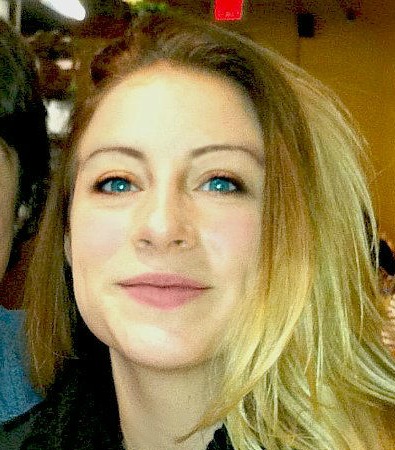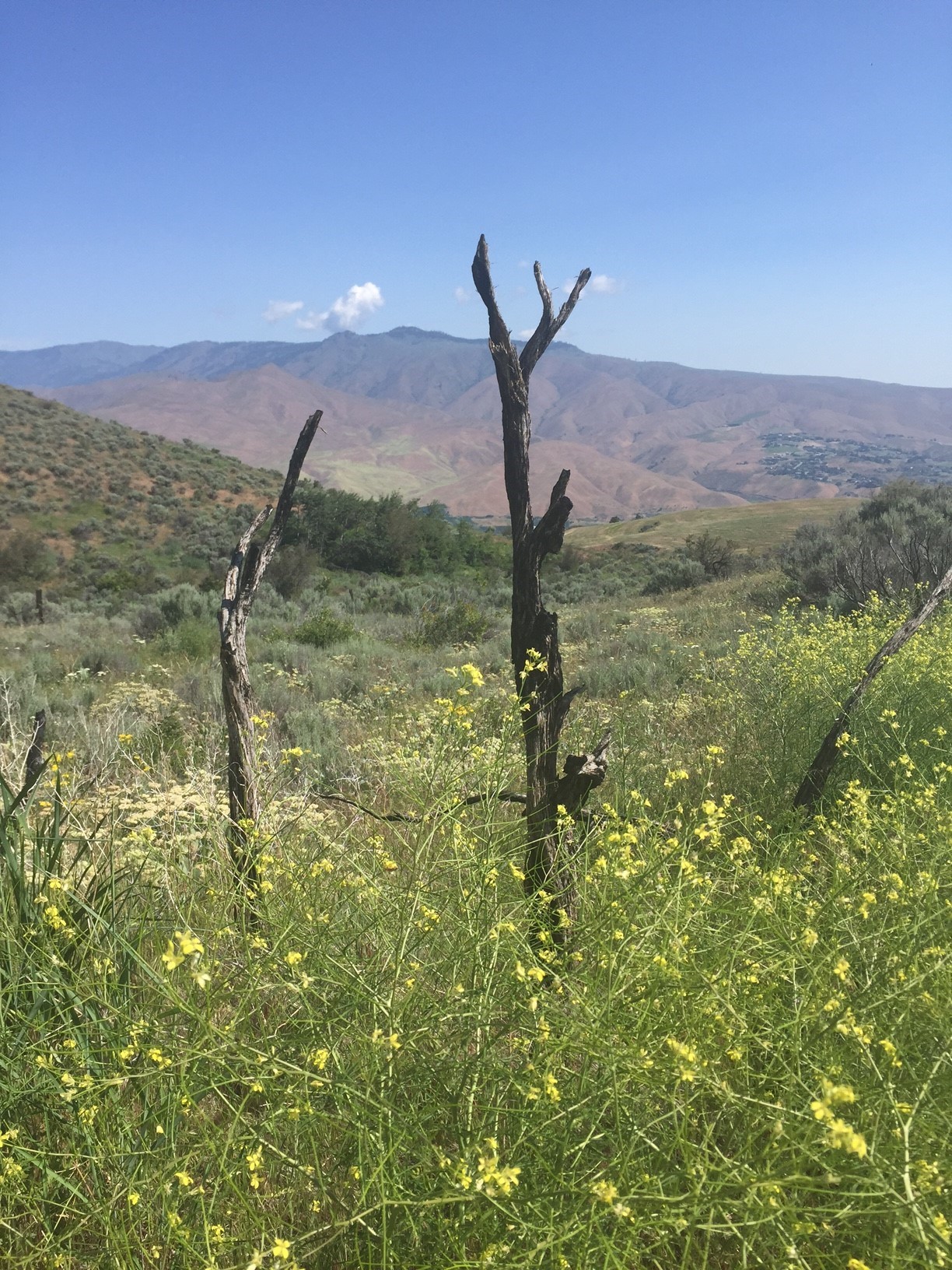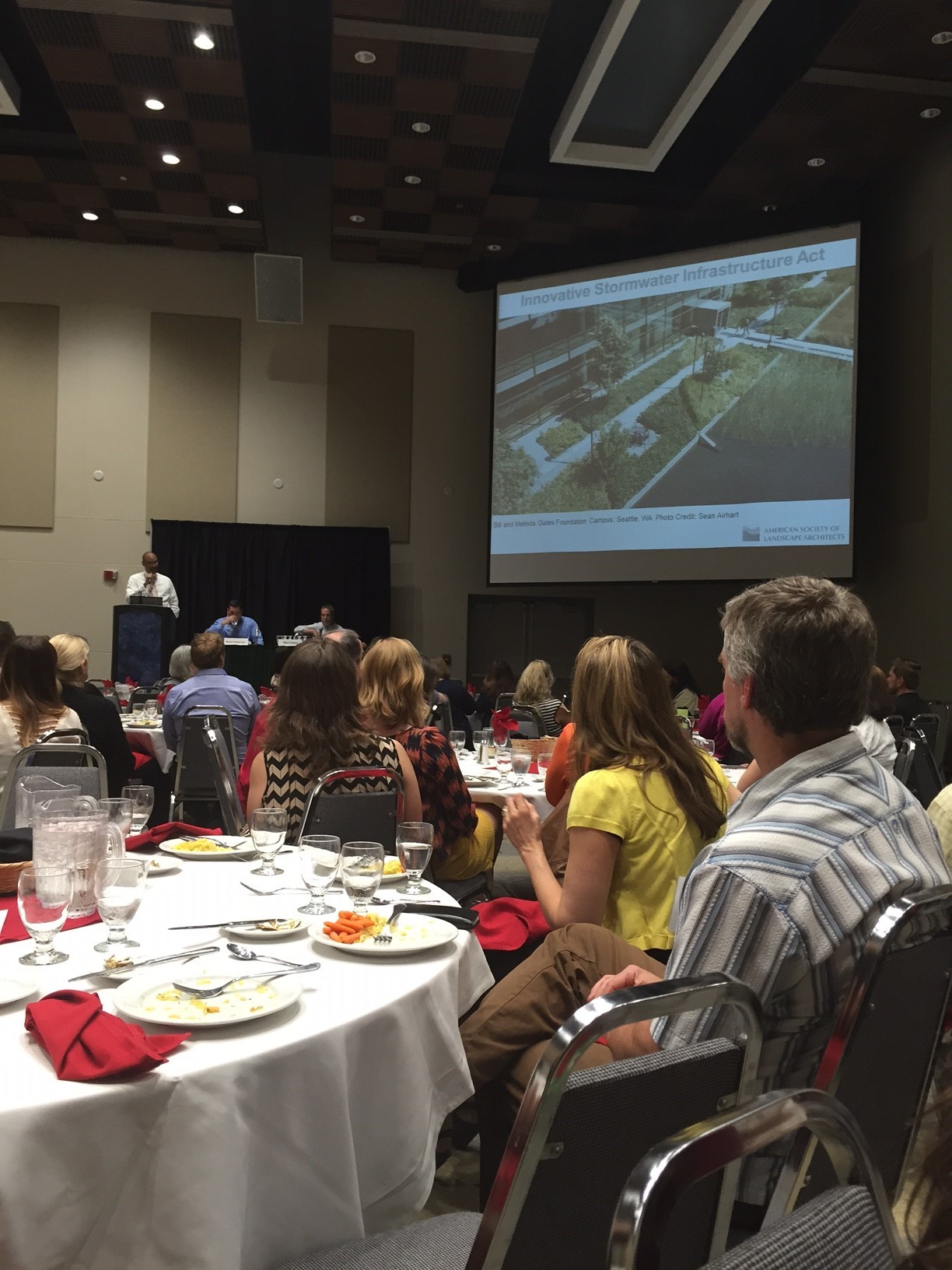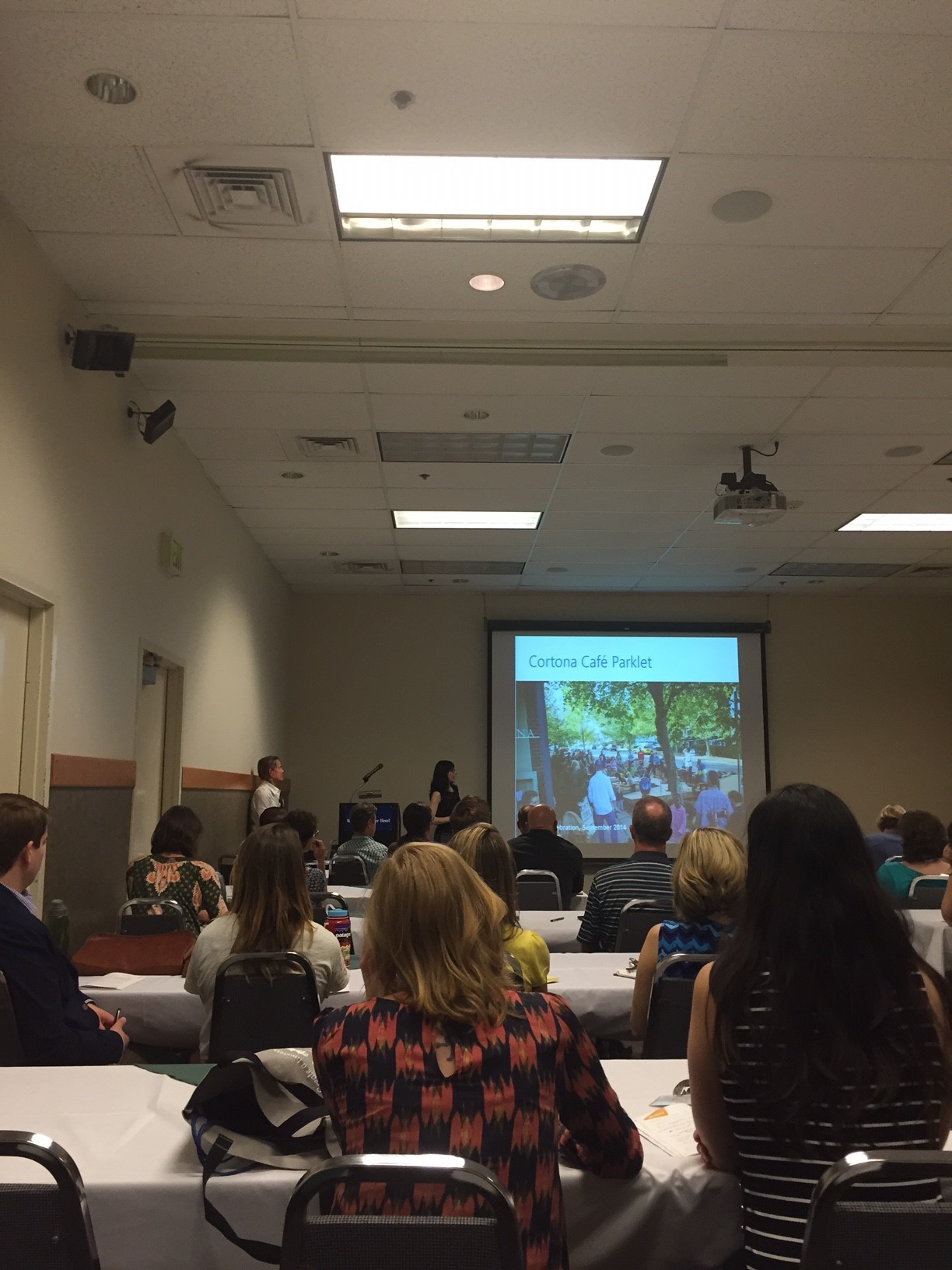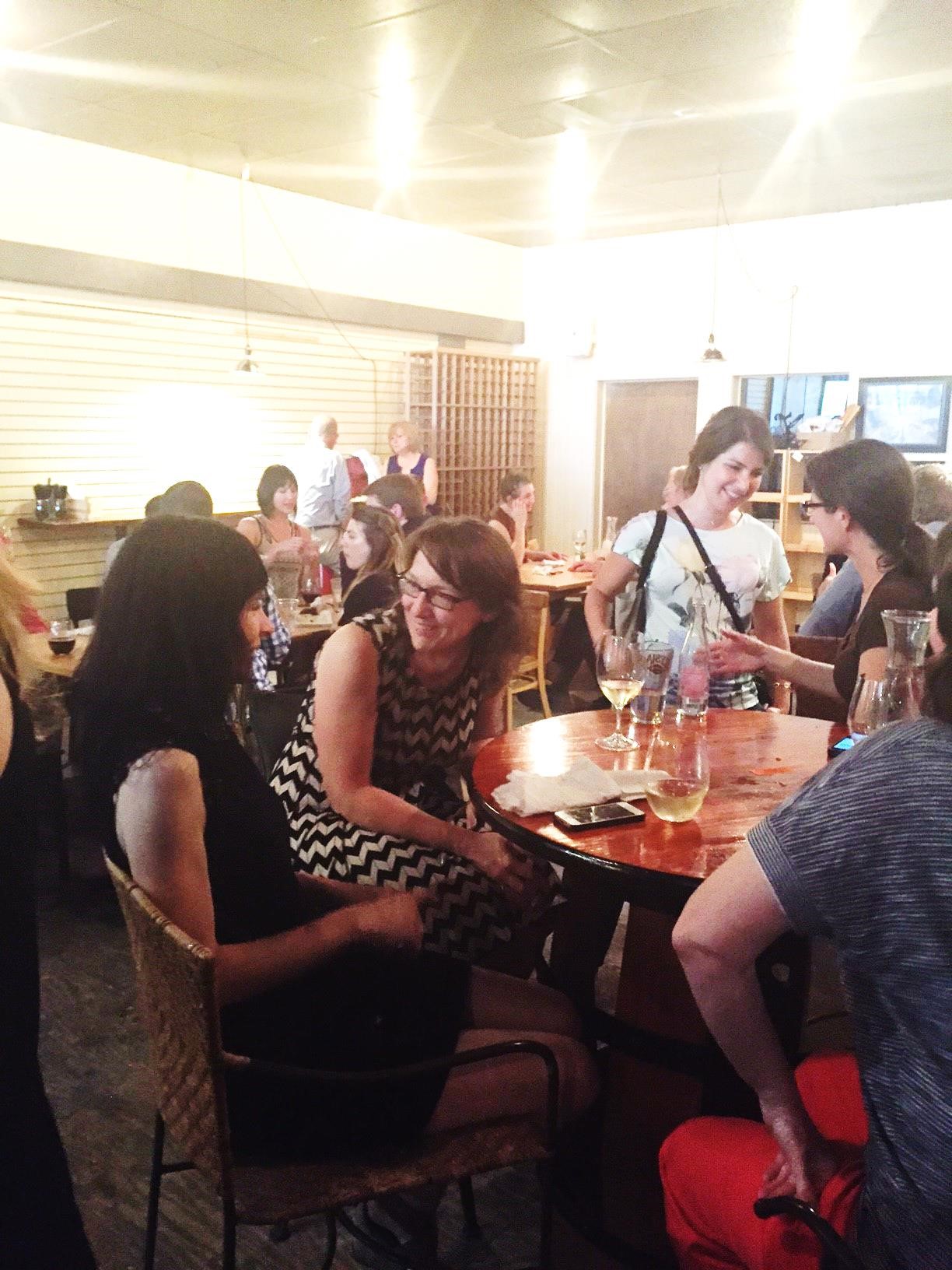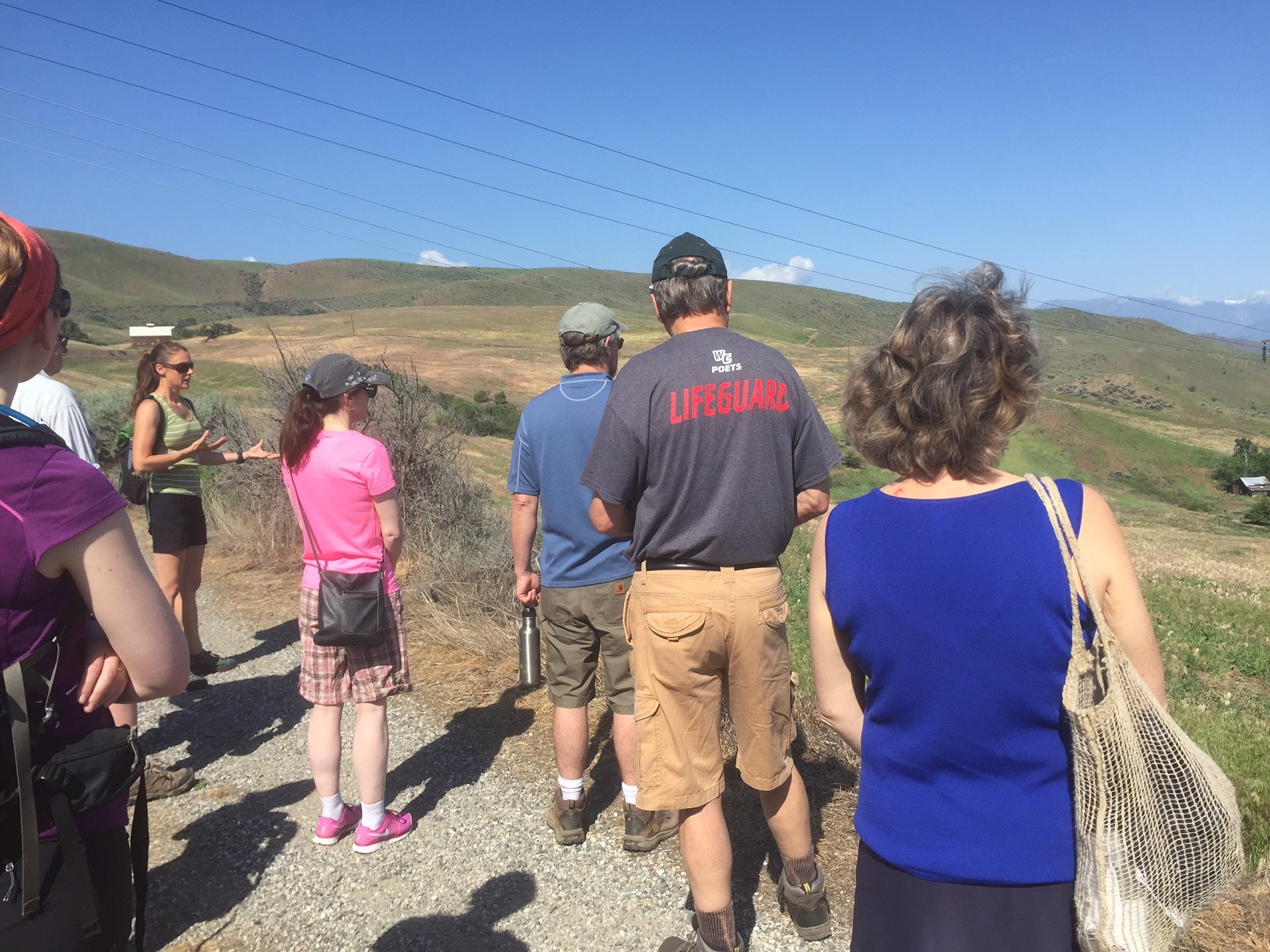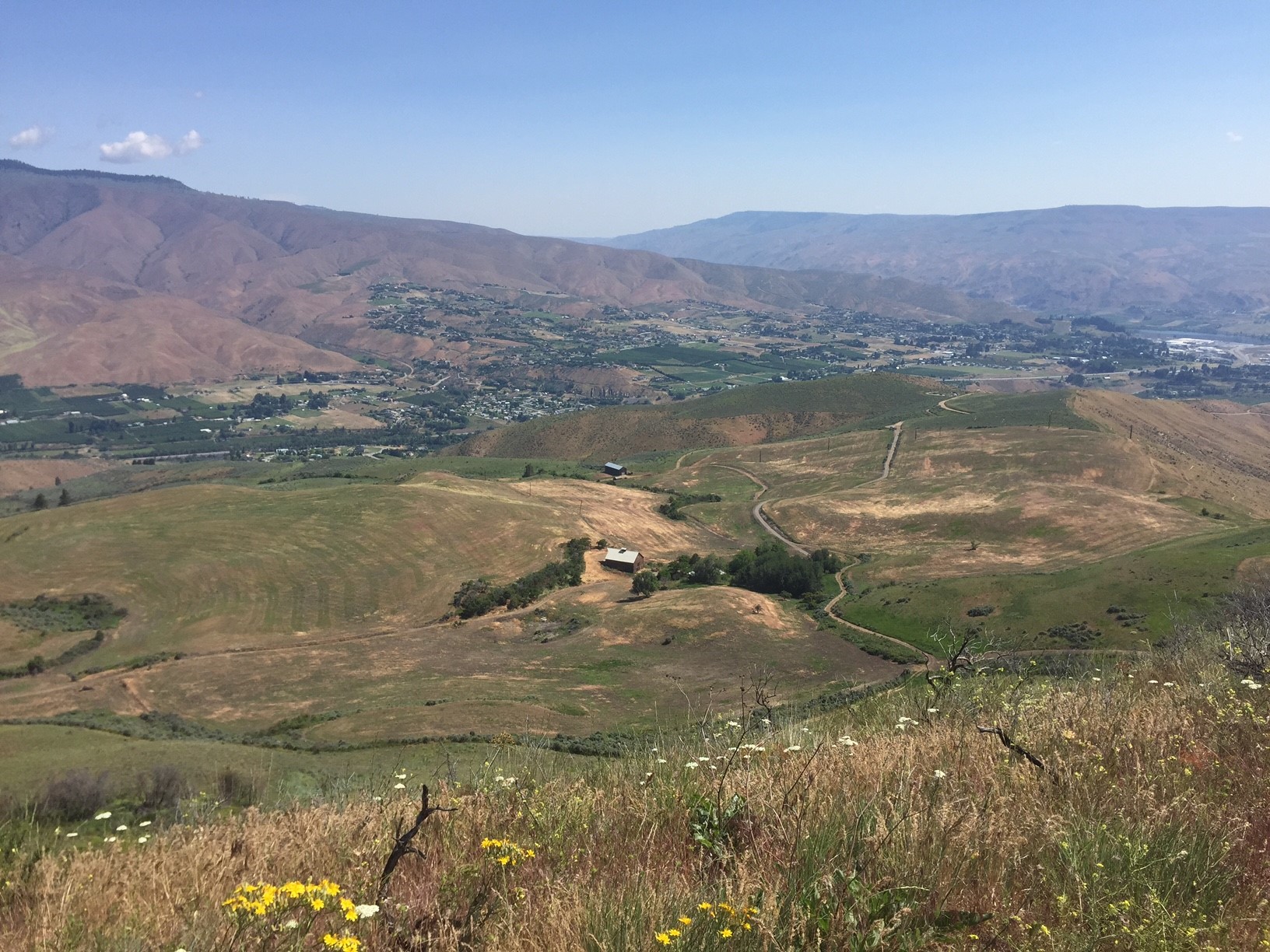Editor's NoteStephanie Stroud
Meeting in the Middle
The conference began with a keynote with John McQuaig, which featured volunteers who donned mountaineering equipment and compared the strategy of mountain climbing to that of creating a successful business. Shortly after, freshly inspired to drop everything and climb Mount Rainier, the sessions began and I attended a presentation by Rachel Meyer of Berger Partnership in which she shared a project that she worked on in Capitol Hill in Seattle. The near 100-year-old site, McGilvra Park, sits beside the Bullitt Center. She walked us through the history of the site, the rigorous Living Building Challenge design process, and then showed us photos of the elegant final solutions. Next, I attended the session with Colie Hough-Beck (Hough-Beck and Baird Inc.), Linna Dossett (Seattle YMCA), and Bergen Beck (wellness manager Trident Seafoods) titled “Teaming Up for a Healthier Community: Connecting Policy, People and Place.” The session began with a short video that began with interviews of children sharing what they would do with five more years, and ended with the message that this next generation will die five years earlier than the generation before them. Hough-Beck, Dossett and Beck urged that we landscape architects volunteer their skills and abilities on local boards and committees to help change policies that affect health and social wellbeing. They also encouraged implementation of programs such as Safe Routes to School to encourage youth to walk and bike to school. They handed out a “wellness wheel,” which the audience could fill in and calculate the wellness of a given place.
At lunch, three speakers presented: Mark Cason of the ASLA Government Affairs staff, and Michael Cox and Bryan Fiedorczyk from EPA. The three shared ASLA’s and EPA’s efforts in D.C. to combat environmental challenges. Cason spoke of the Society’s federal priorities, and how ASLA works with Congress and other federal agencies to advance policy issues related to green infrastructure and climate change resiliency. Cox shared Obama’s initiatives on climate change their potential to impact communities and help them become more resilient in times to come. Fiedorcyzk gave us the “bad news” about climate change and its impacts, but then spoke about the Green Infrastructure Collaborative and the Green Infrastructure Guidebook, as well as other efforts and tools to combat these daunting inevitable changes.
After lunch, I learned about the design of a lighthouse sculpture in a presentation by artist George Lee of George Lee Studios LLC that will illuminate in conjunction with pollution levels in the Duwamish River. Visible from downtown Seattle, the lighthouse is an art piece that will connect the city’s residents and potential change-makers to its river. I also learned the very complicated and sometimes risky decisions that landscape architects have to make in order to win projects. Jarvis Payne presented different techniques to acquiring large-scale work, but presented the challenges that accompany each method. Last, I attended a session presented by Shannon Glass and Shane DeWald of SDOT, who shared the City of Seattle’s efforts to “Meet in the Middle of the Street.” From parklets, to kayak launches on street ends, and growing in the right-of-way, the city is making use of its 27% of right-of-way and finding ways of incorporating neighborhood needs and desires. After the conference, we retreated to the Wine Thief across the street for tasty snacks, drinks and conversation. It was nice to see a few familiar faces, and meet a few new ones too!
The next morning, a handful of us embarked on the wildflower hike and the mountain bike tour at Horse Lake Trail. I attended the hike, and was treated to an informational walk through grasses, yarrows, and sunflowers, through sweeping views and historic homesteads. Some flowers came early this year and had already gone to seed, but there was plenty to see. Hanne Beener of the Chelan-Douglas Land Trust described the history of the site, and the design process behind its trail system which accommodates mountain bikers, hikers, and equestrian uses. They also spoke of the invasive grasses, which you can see on other hillsides in huge swaths, encroaching on the native species. I would say that “Meet in the Middle” was a great success. It was a great opportunity to explore Wenatchee, and see a trails project first hand. The sessions I attended were refreshing and informative, and from what I hear, the other sessions were just as rich. As always, it is exciting to hear what others are working on, and seeing how the cross-pollination of ideas can sow seeds of great landscapes to come.
|

